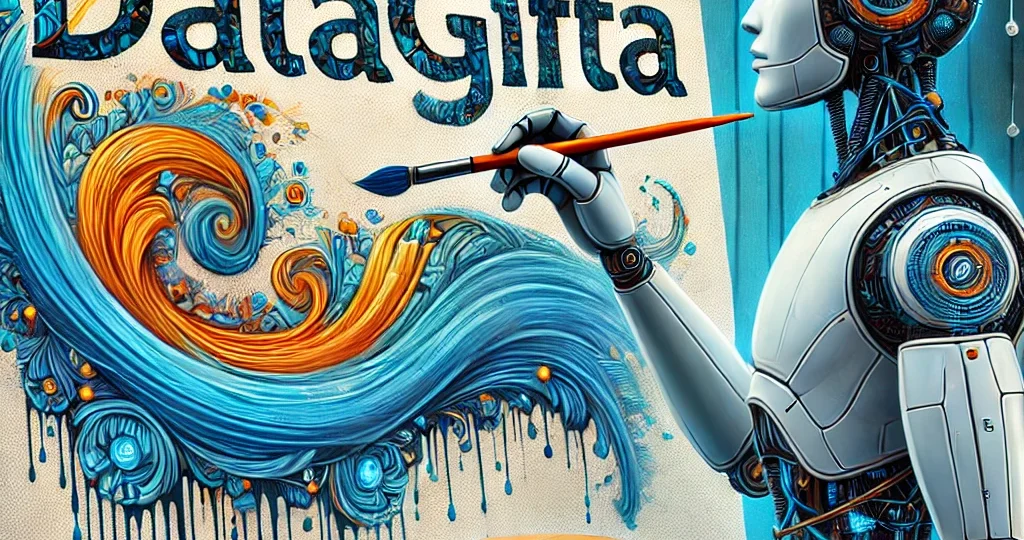Artificial intelligence (AI) technologies have made significant advancements in recent years and have become a crucial part of many industries. At the heart of this transformation lie Large Language Models (LLMs), which are capable of understanding, processing, and generating human language in a way that feels natural and coherent. Models like GPT-4, in particular, have been groundbreaking in the field of Natural Language Processing (NLP). But how exactly do these models work, and what do they promise for the future?
AI
In the rapidly evolving world of marketing, staying ahead of trends and understanding consumer behavior is crucial for success. With the explosion of data in the digital age, marketers are no longer relying solely on traditional methods to make decisions. Instead, they are turning to predictive analytics powered by Artificial Intelligence (AI) to forecast future outcomes, optimize strategies, and deliver personalized experiences.
The business world has always been dynamic, with strategies evolving in response to new challenges, opportunities, and technological advancements. Among the most significant developments of the 21st century is the rise of Artificial Intelligence (AI) and data analysis. These two forces are not merely trends; they are transformative tools that are reshaping how businesses operate, make decisions, and compete in the global marketplace.





